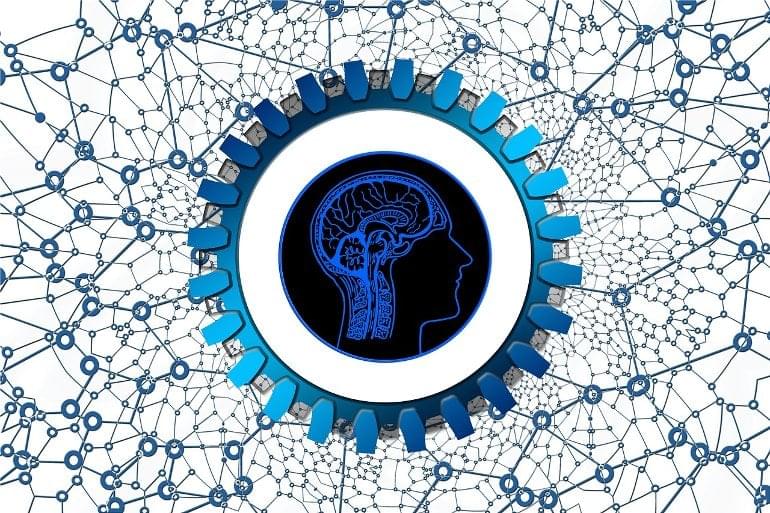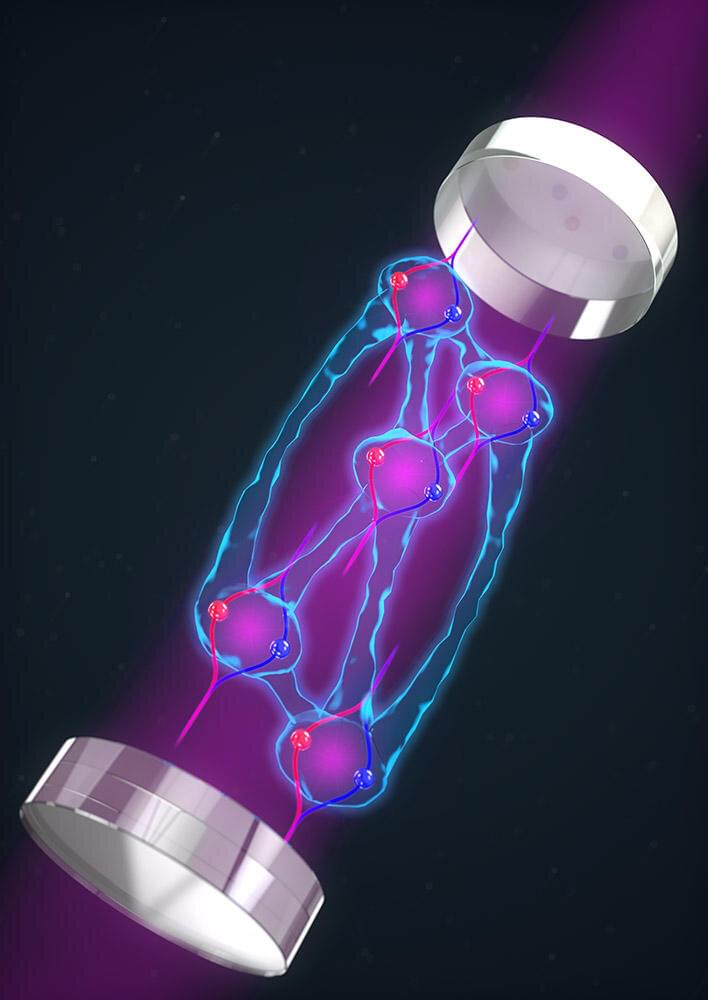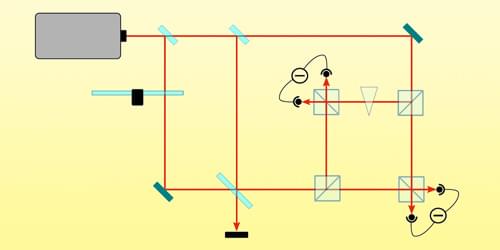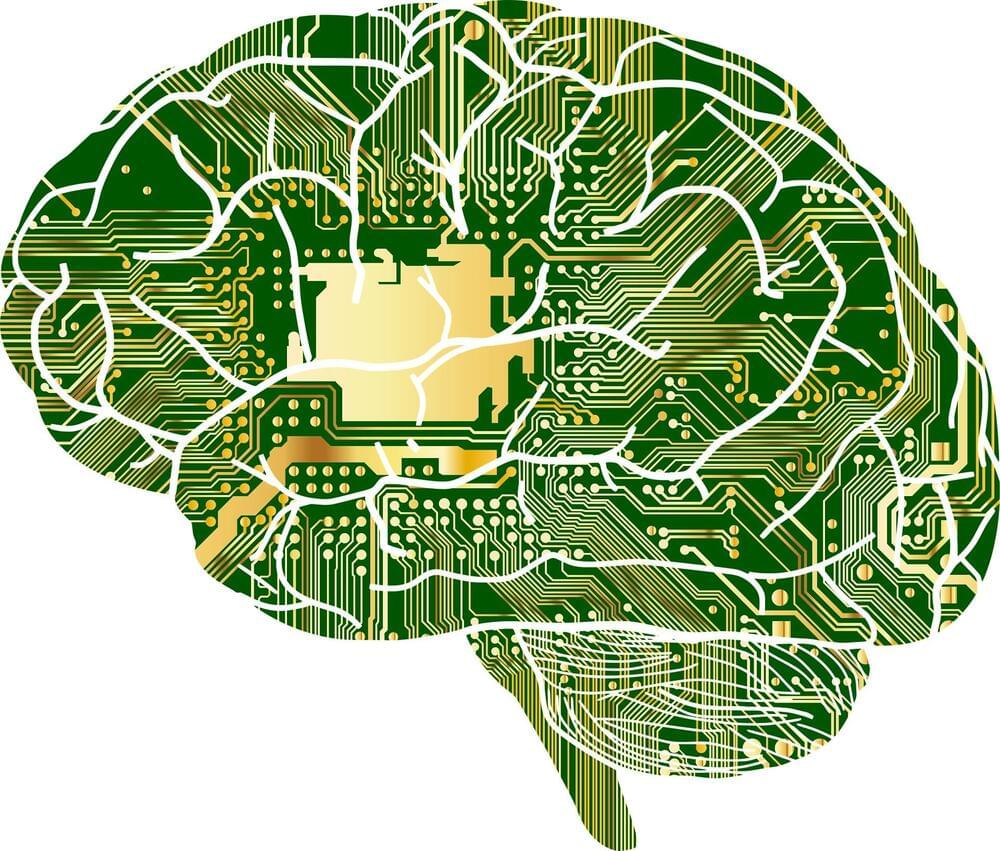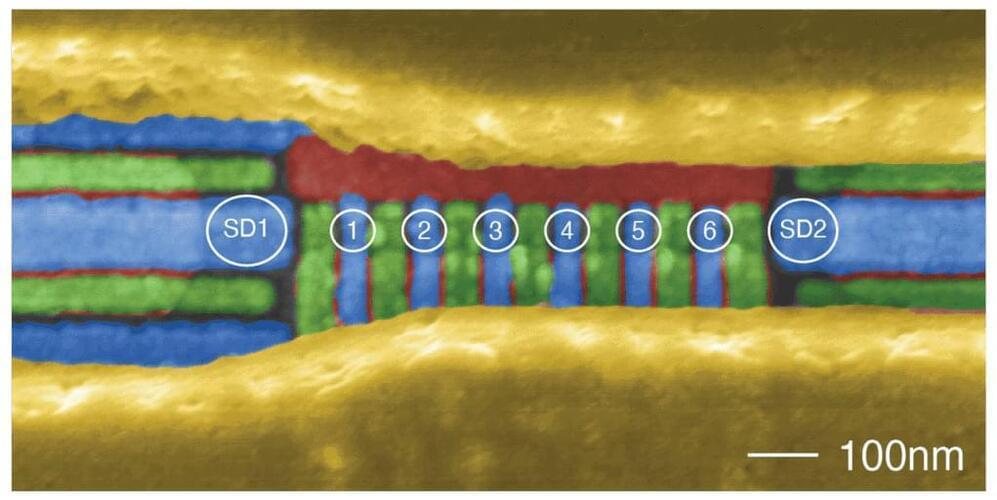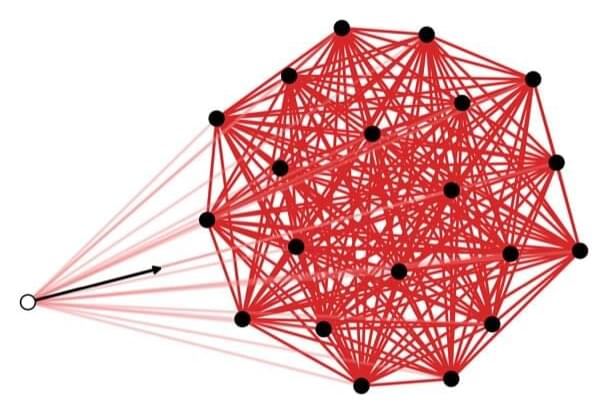Many modern science fiction movies tend to use the veneer of science fiction as a way to plug potholes or feature elaborate explosions and action. There’s always a time-travel portal to stand in as the deus ex machina, and some advanced robot or alien who only seems interested in killing everyone.
I like those movies as much as the next fella. But some filmmakers do make a sincere effort to imagine other realities and technologies that inspire in the way classic science fiction does. It doesn’t mean the films have to be the on-screen equivalent of reading an MIT paper on quantum entanglement or something, just that they spin a decent yarn inspired by actual science.
The below are a few slightly less commercial selections, instead of obvious choices like Interstellar or 2001 or Chef, that science fiction movie where Jon Favreau dates both Scarlett Johnasson and Sofia Vergara. That’s the future I want.
